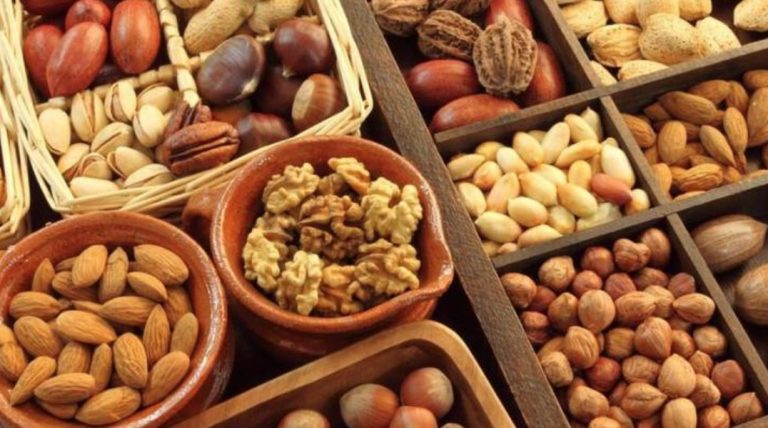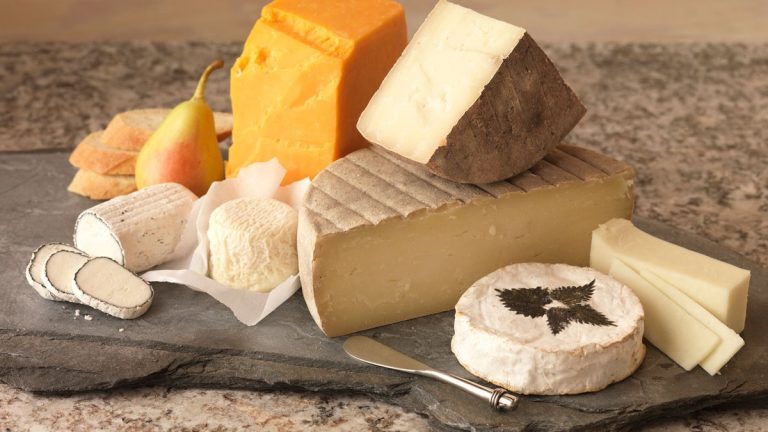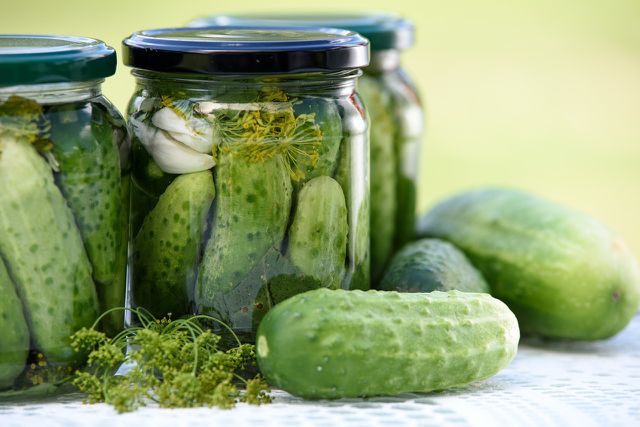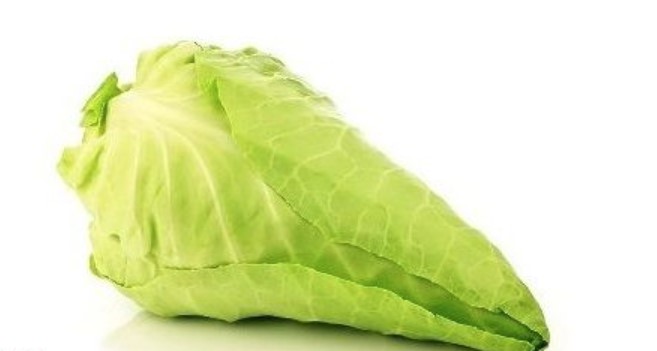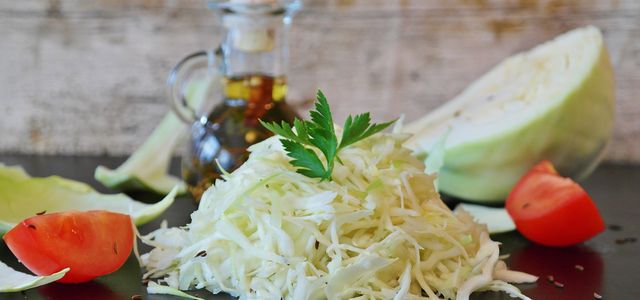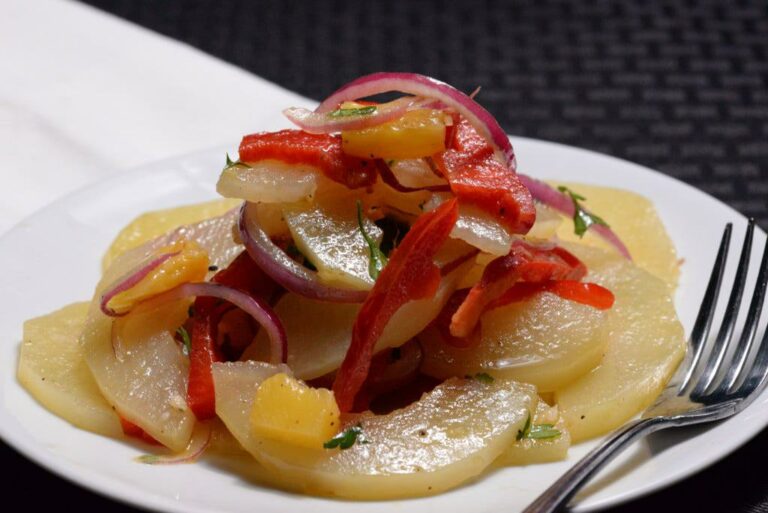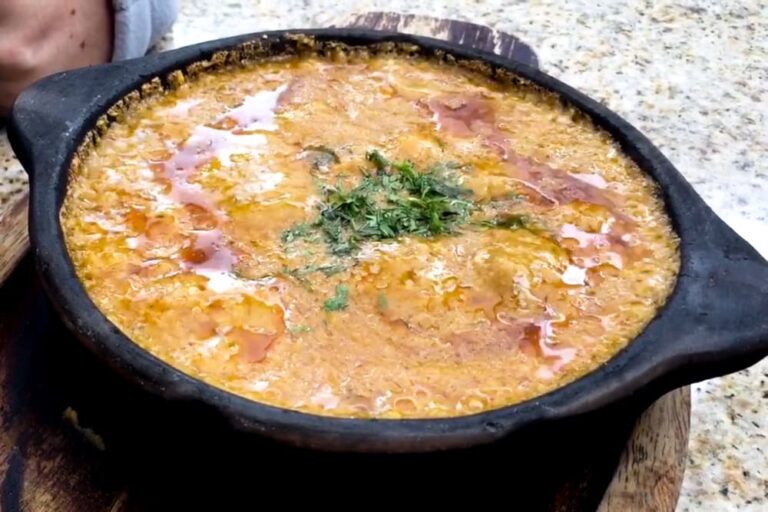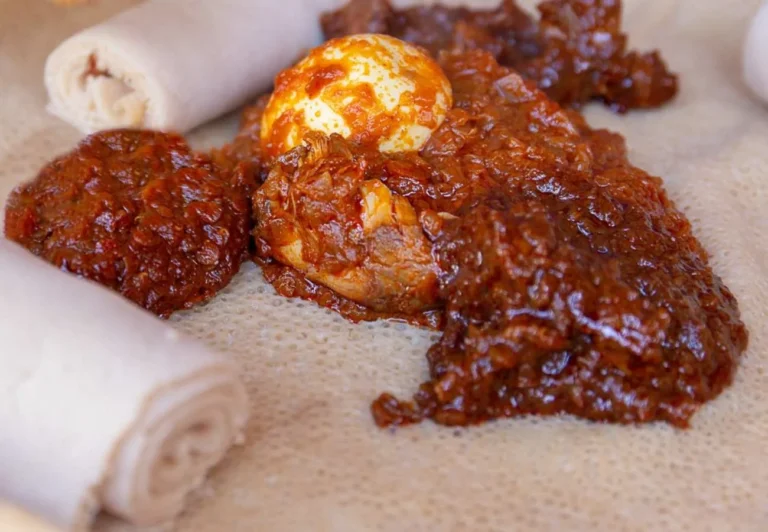Nuts are considered a healthy source of energy. However, cultivation, harvesting, processing and transport are often at the expense of people and the environment. We show where the problems lie – and what you can watch out for.
Good for the heart and circulation, rich in unsaturated fatty acids, vitamins, minerals and antioxidants: Nuts enjoy a very good nutritional reputation despite their high fat content. The Federal Center for Nutrition recommends a handful of nuts per day. In this article, you’ll learn which nuts should end up in your “handful a day” and which ones you should be careful with for environmental and social reasons.
Nuts: the crux with the indication of origin
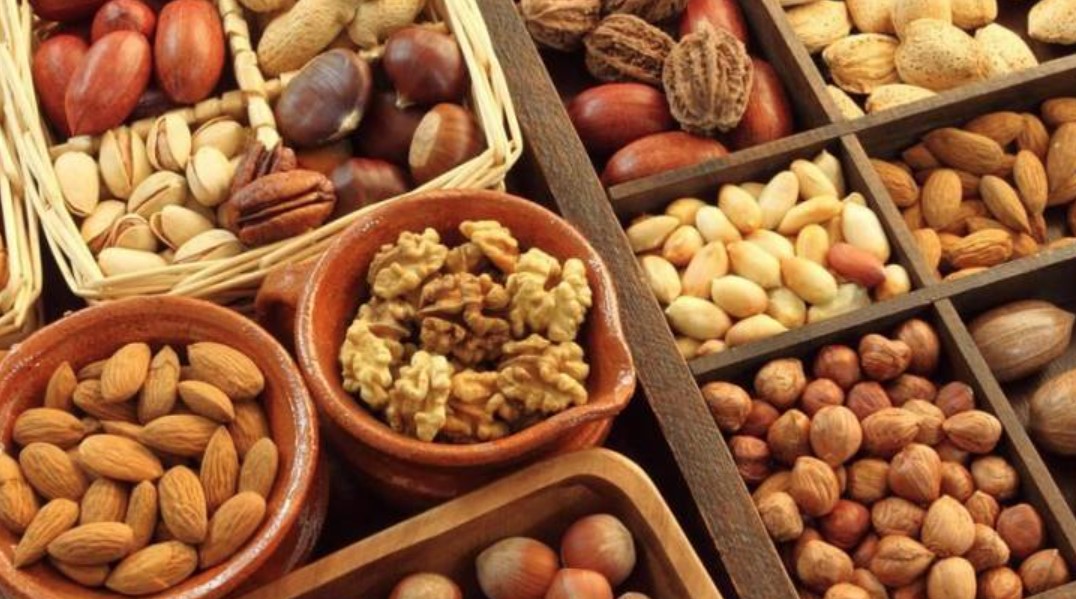
You can usually assess the sustainability of food in a first step based on its label of origin. For example, anyone with a little common sense can figure out that strawberries from overseas sold in Germany in December don’t do too well in terms of life cycle assessment. And it is not too surprising that human rights violations may have been violated in the cultivation and harvesting of particularly cheap exotic fruits from the Global South.
Unfortunately, when it comes to nuts, it is often not clear where they come from, because German food law requires that the country of origin only has to be declared on the packaging for unpeeled almonds, hazelnuts and walnuts. Therefore: If you cannot find any information on the packaging about where the nuts come from, it is not entirely unlikely that you are supporting unsustainable and exploitative cultivation and processing structures with your purchase. On organic nuts, you can still tell from the country code under the organic seal where the nuts come from, or whether they come from the EU or not.
Organic nuts are better than conventional ones
When growing organic nuts, the use of chemical-synthetic pesticides and fertilizers is not permitted, which improves occupational safety and protects the environment. There are other important differences between organic and conventional nuts when it comes to processing: Since nuts are very susceptible to pests such as beetles or moths, they are usually “deveined” before storage. With organic nuts, this is done using pressure and carbon dioxide, while with conventional nuts, methyl bromide can be used, which is not only highly toxic but also damages the ozone layer. In addition, unlike conventional nuts, organic nuts must not be bleached with sulfur in order to obtain an even colour.
Almonds: popular nut with enormous water consumption
Whether as marzipan, almond butter, “almond milk” or a snack for in between: Only peanuts are more popular than almonds. In 2018, the global annual harvest was almost 1.3 million tons, and further increases in yield to around 1.7 million tons are expected for 2020/2021. Almond cultivation uses a lot of water: up to 15,000 liters are needed for one kilo.
In California in particular, where 80% of the world’s almonds come from, this is exacerbating the already critical water shortage. In addition, large amounts of fertilizers and pesticides are applied to the plantations, which are set up in monocultures. The same applies to Spain, the second most important almond producer after the USA. Although some organic farms improve the water storage capacity of the soil by increasing soil fertility, irrigation is also used in the organic sector.
In addition, in the USA, bee colonies are transported across the country to pollinate the almond orchards – and many of them do not survive. The bottom line is that the uncomfortable recommendation on the subject of almonds is unfortunately as follows: better avoid them – or at least reduce consumption very much.
The same applies to pistachios for the same reasons (water scarcity, pesticides and fertilizers), of which almost 40% of the world supply also comes from the USA and 30% from Iran.
Cashews: absurd transport routes and toxic shell oils
Cashew trees are much easier to care for than almonds: Since they also grow on nutrient-poor, degraded soils, are rather undemanding and form a very pronounced root system, they need significantly less water and can make an important contribution to protection against erosion. Originally from Brazil, cashews are now mainly grown in Africa and Asia.
However, almost all African cashews take an almost absurd detour before they end up in our shops. Because their processing – roasting, steaming, cracking, sorting and skinning – takes place almost exclusively in India and Vietnam, which significantly worsens their climate balance. The protection of the workers is particularly important during processing, as cashew shells contain a toxic oil that can cause severe chemical burns.
Therefore, when buying cashews, make sure that you have at least one fair trade certification, which prescribes health protection measures in cashew production. We recommend, for example, the cashews from Rapunzel – the company provides comprehensive information on its website about the many years of cooperation with its Indian “Hand in Hand” partner.
Peanuts: Apart from long transport routes, they are usually not a bad choice
More than half of the approximately 47 million tons of peanuts grown annually worldwide come from China (40%) and India (15%). Strictly speaking, however, the popular snack is not nuts, but pulses or legumes, which – just like peas or beans – are able to fix nitrogen from the air in the soil and thus increase soil fertility. This makes sense above all if plants that require nitrogen, such as cotton or corn, were previously grown in the fields and peanuts are used as part of a crop rotation.
Provided they are not additionally treated with chemical pesticides, as prescribed in organic cultivation, peanuts, which also require little water, are not a bad choice from an ecological point of view. Depending on the country of origin, however, you should choose fair trade goods.
Wild collection of Brazil nuts is hard work
Brazil nut trees grow wild in the rainforests of Brazil, Bolivia, Ivory Coast and Peru. They are not cultivated, so no pesticides or fertilizers are used in their cultivation. While wild collection has a positive impact on the environmental footprint of the nuts, it is all the more arduous for those who struggle with machetes through the dense jungle to collect the nuts, of which 12-24 are hidden in coconut-like shells . The purchase of Brazil nuts should therefore always be worth a fair trade premium – such as with the Brazil nuts from Fairfood.
Beware of Turkish hazelnuts
Over 70% of the world’s hazelnuts are grown in Turkey. In Europe, only Italy is a noteworthy cultivation country for the popular nuts, with 9% of the global amount. Hazelnuts require comparatively little water and are easy to grow. But: The Turkish hazelnuts come from more than 400,000 family-run hazelnut plantations along the Black Sea coast, where the manual harvest still involves children and underpaid seasonal workers under questionable working conditions.
In Italy, harvesting is done mechanically, but in many places the mostly chemical-intensive monocultures have once replaced the biodiverse cultural landscape. The organic seal is therefore particularly important for Italian hazelnuts, and for hazelnuts from Turkey you should use fair trade products, e.g. B. from the company Gepa, prefer. By the way: Hazelnuts also grow here in Germany.
Prefer European walnuts to overseas pecans
Walnuts rank third in global production volumes after almonds and peanuts. The pecan nuts, which are also becoming increasingly popular with us, belong to the same family, but come almost exclusively from the USA or Mexico, from where they travel long distances to Germany. Walnuts, on the other hand, have a slightly tart taste and are also grown on a large scale in the USA and China, but they also grow here in Germany and in our neighboring countries, especially in France. European walnuts are therefore always the better choice.
Conclusion
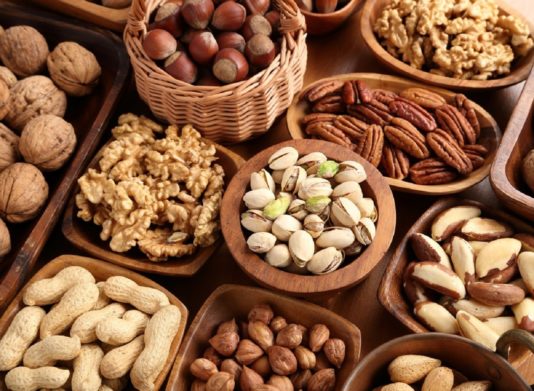
As with all foods, you should also pay attention to regional and organic quality when it comes to nuts. In organic cultivation, the use of toxic chemicals is avoided not only in agriculture but also in processing.
Hazelnuts and walnuts also grow here in Germany, even if the European quantities play little or no role on the world market. Ask your family and friends or look at websites like mundraub.org to see if and where nuts grow in your area that probably nobody else is harvesting.
If you don’t want to do without more exotic nuts, pay attention to the origin of the product as well as organic and fair trade seals – if recognizable – and invest a little more for fair cultivation and trading conditions, especially for nuts from emerging and developing countries.
You should largely eliminate almonds from your diet due to their very high water requirement, and you should only buy cashews from companies that guarantee the protection of workers in processing.

